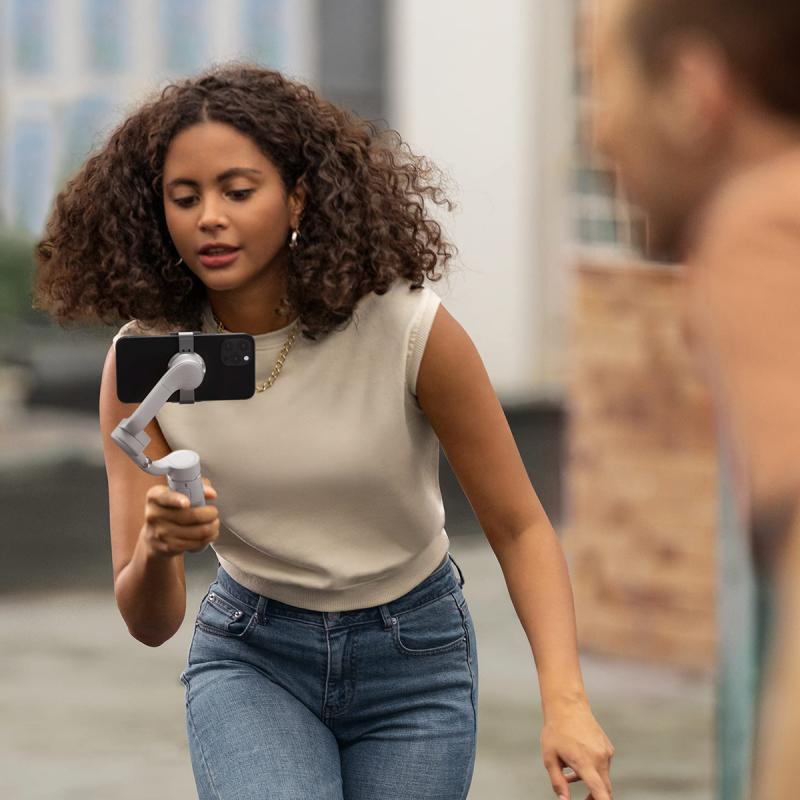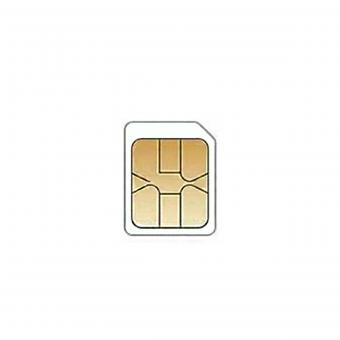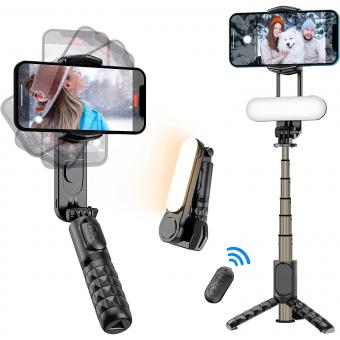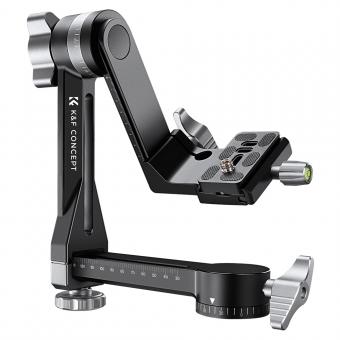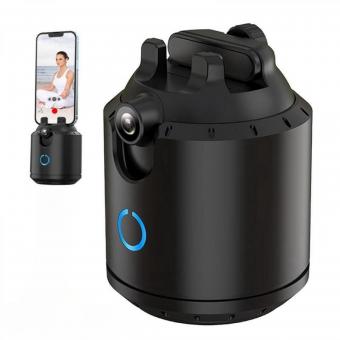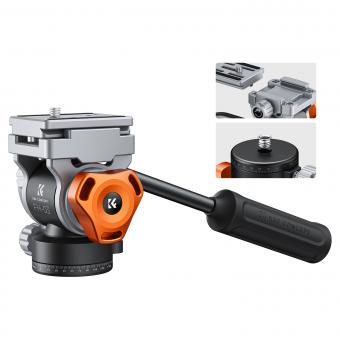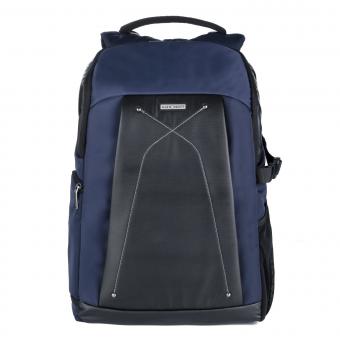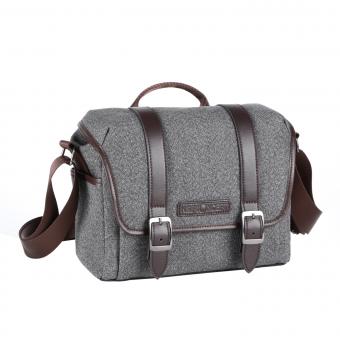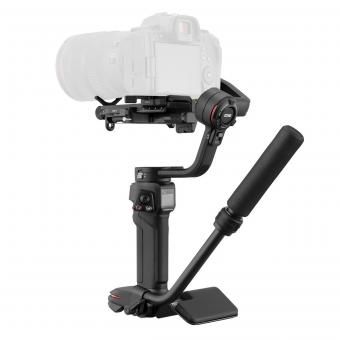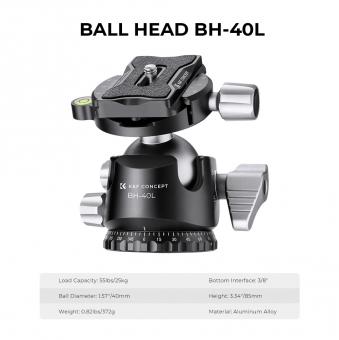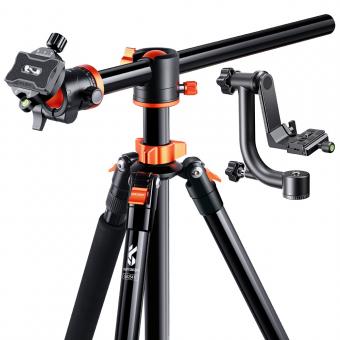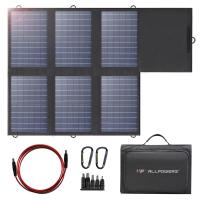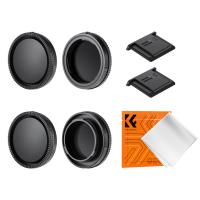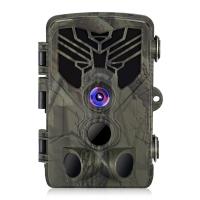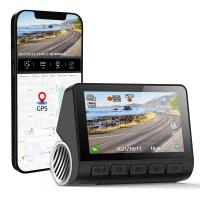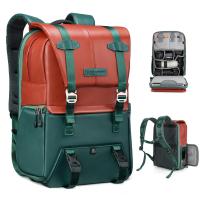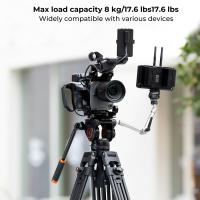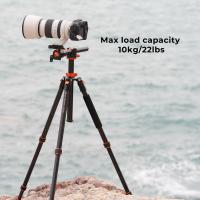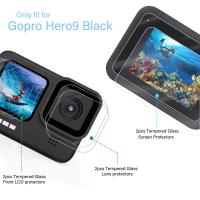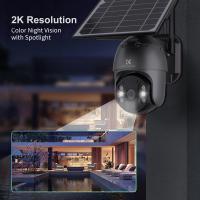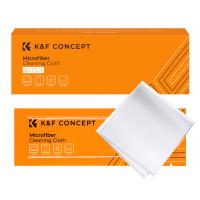How To Stabilize Dslr Without Gimbal?
There are several ways to stabilize a DSLR without a gimbal. One way is to use a tripod or monopod to keep the camera steady. Another option is to use a shoulder rig or a stabilizer that attaches to the camera. These devices help distribute the weight of the camera and provide stability while shooting. Additionally, using a wider lens and keeping the camera close to your body can also help reduce camera shake. Finally, practicing good posture and breathing techniques can also help you maintain a steady shot.
1、 Tripod
One of the most effective ways to stabilize a DSLR camera without a gimbal is by using a tripod. A tripod is a three-legged stand that provides a stable base for your camera. It helps to eliminate camera shake and allows you to take sharp and clear photos.
When using a tripod, it is important to choose a sturdy and durable one that can support the weight of your camera. Look for a tripod with a ball head that allows you to adjust the angle and position of your camera easily. You can also use a remote shutter release or the camera's self-timer to avoid touching the camera and causing any movement.
Another tip is to use the camera's built-in image stabilization feature if it has one. This feature helps to reduce camera shake and produces sharper images. Additionally, you can use a lens with image stabilization to further stabilize your shots.
Lastly, it is important to maintain proper posture and technique when holding the camera. Keep your elbows close to your body and use your breath to steady your hands. This will help to reduce any unwanted movement and produce sharper images.
In conclusion, a tripod is an effective tool for stabilizing a DSLR camera without a gimbal. It provides a stable base for your camera and helps to eliminate camera shake. By using proper technique and posture, along with the camera's built-in image stabilization feature, you can produce sharp and clear images.

2、 Monopod
One way to stabilize a DSLR without a gimbal is to use a monopod. A monopod is a single-legged support that can help reduce camera shake and provide stability for your shots. Here are some tips on how to use a monopod effectively:
1. Choose a sturdy monopod: Make sure your monopod is strong enough to support the weight of your camera and lens. Look for a monopod with a high weight capacity and a sturdy construction.
2. Use a ball head: A ball head allows you to adjust the angle of your camera quickly and easily. It also helps you to level your camera on uneven terrain.
3. Hold the monopod correctly: Hold the monopod with both hands, one hand on the grip and the other on the base. This will help you to control the movement of the monopod and reduce camera shake.
4. Use a remote shutter release: A remote shutter release allows you to take photos without touching the camera, which can help reduce camera shake.
5. Practice good posture: Stand with your feet shoulder-width apart and keep your elbows close to your body. This will help you to maintain a stable shooting position.
While a gimbal is still the best option for achieving smooth and stable footage, a monopod can be a useful tool for stabilizing your DSLR in certain situations. It's also a more affordable and portable option than a gimbal, making it a great choice for photographers and videographers on a budget or on the go.
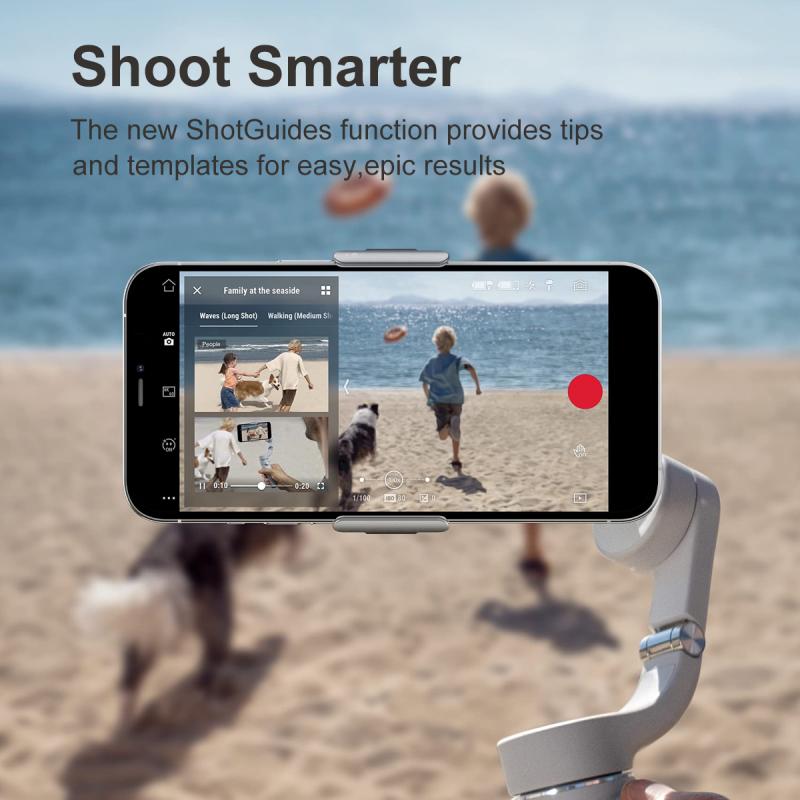
3、 Shoulder Rig
One way to stabilize a DSLR without a gimbal is to use a shoulder rig. A shoulder rig is a camera support system that rests on the shoulder and provides stability to the camera. It consists of a shoulder pad, a camera mount, and handles for holding the rig.
To use a shoulder rig, first, attach the camera to the camera mount on the rig. Then, place the shoulder pad on your shoulder and hold the handles with both hands. This will provide stability to the camera and reduce camera shake.
The latest point of view is that shoulder rigs are still a popular choice for filmmakers and videographers who want a stable and versatile camera support system. They are lightweight, portable, and easy to use, making them ideal for shooting on the go.
However, some filmmakers and videographers prefer other camera support systems, such as tripods, monopods, or stabilizers, depending on the type of shot they want to achieve. For example, a tripod is ideal for static shots, while a stabilizer is better for smooth and fluid movements.
In conclusion, a shoulder rig is a great option for stabilizing a DSLR without a gimbal. It provides stability and support to the camera, making it easier to capture smooth and steady shots. However, it is important to choose the right camera support system based on the type of shot you want to achieve.
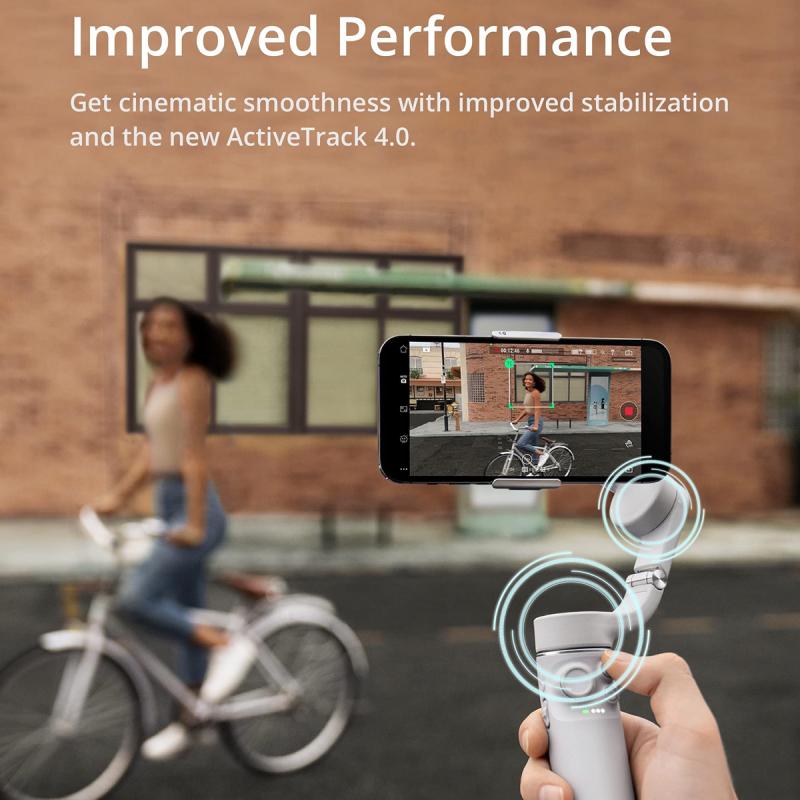
4、 Handheld Stabilizer
If you're looking to stabilize your DSLR without a gimbal, there are several techniques and tools you can utilize to achieve smooth and steady footage. One option is a handheld stabilizer, also known as a camera stabilizer or camera rig. These devices are designed to reduce camera shake and provide stability while shooting handheld.
A handheld stabilizer typically consists of a handle with a counterweight system and a mounting plate for your DSLR. By keeping the camera balanced and distributing its weight evenly, a stabilizer helps minimize unwanted movements and vibrations. Some handheld stabilizers also come with additional features such as adjustable joints and built-in dampening systems to further improve stabilization.
Apart from using a handheld stabilizer, here are a few tips to help stabilize your DSLR footage:
1. Utilize proper hand placement: Hold the camera with both hands, keeping your elbows close to your body for additional support.
2. Bend your knees: Slightly bend your knees and keep your feet shoulder-width apart to lower your center of gravity and increase stability.
3. Use a wide-angle lens: Wide-angle lenses tend to have built-in image stabilization, which can help reduce camera shake.
4. Focus on your breathing: Take slow and steady breaths, as shallow breathing can cause unwanted movement.
5. Practice smooth movements: Move the camera in a slow and controlled manner, avoiding jerky or sudden motions.
Remember that a steady hand and practice are essential for achieving smooth footage. While a handheld stabilizer is a useful tool, it's important to experiment and find the techniques that work best for you and your shooting style.
